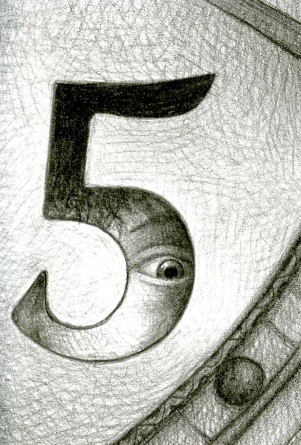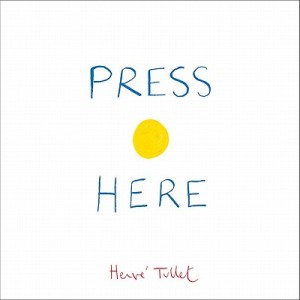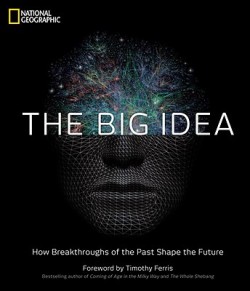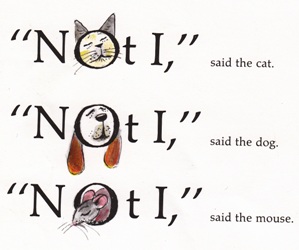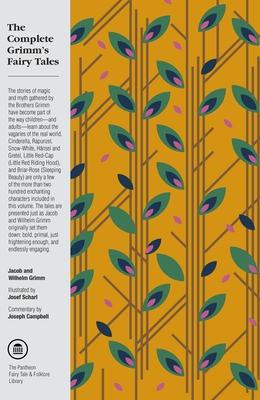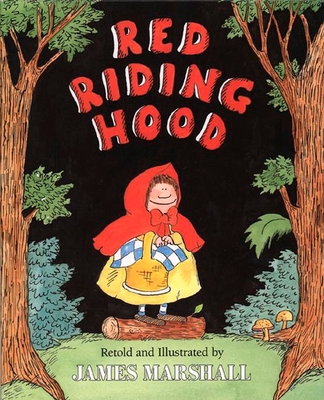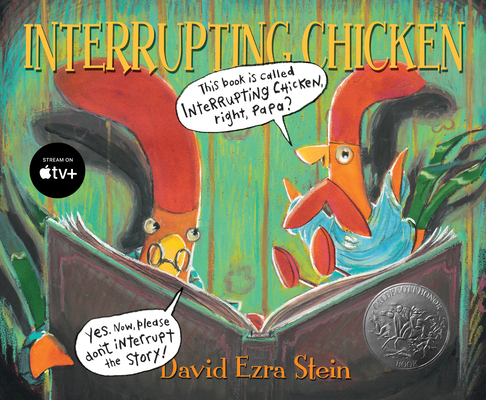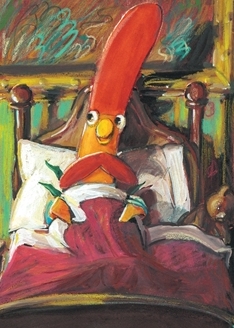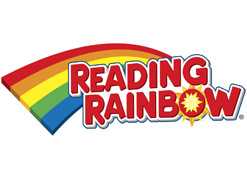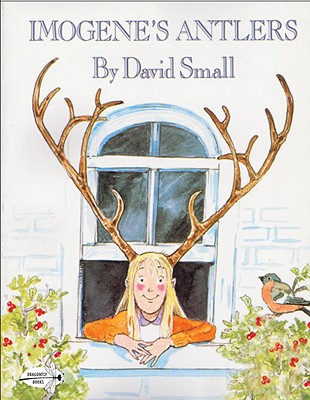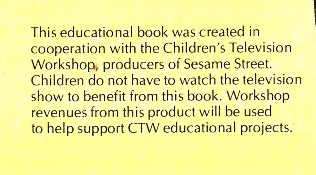Hiya faithful readers (i.e. very chartable people I know and can easily guilt into reading stuff) – sorry for the delay in posting over the past two weeks. You can normally expect much, much more regular content updates, but I’m still getting used to balancing family, holidays, work, freelance work, house work, other freelance work, and, you know, sleeping and eating.
New posts will start again tomorrow, but, in the meantime, I wanted to share with you two really great links with some fantastic book recommendations.
The first link comes from the very cool site Gwarlingo. It’s Brian Selznick, the amazing author-illustrator responsible for The Invention of Hugo Cabret (a home library must-own and the basis for the new Martin Scorsese movie, Hugo) recommending twenty of his favorite kids’ books of all time. The article itself gives a very cool introduction to Selznick’s works – his new book, Wonderstruck, is supposed to be epic – and Selznick’s recommendations are extremely strong.
Some are no-brainers (Where the Wild Things Are should be issued to new parents by their OBY/GYN), and some are revelations. (I’ve heard a lot about Remy Charlip, but haven’t read any of his books. However, after this article, I’m officially tracking down his works at our local library now.)
The second link is related to my article about the importance of coffee table books earlier this month. That article was inspired by a book review from BoingBoing contributor Maggie Koerth-Baker. And, as a follow-up to said article, Ms. Koerth-Baker posted a link to a very cool article on The Smithsonian.com – 10 Great Science Books for Kids. They recommend a nice selection for titles for different ages. The only one we’ve read is 11 Experiments That Failed by Jenny Offill and Nancy Carpenter and it’s a HUGE favorite of ours, a wickedly funny take on a kid using the scientific method in her everyday life.
{ 0 comments }
